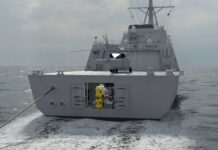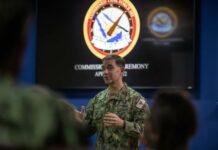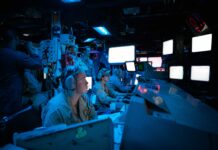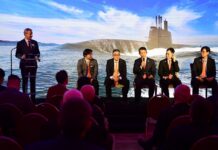US President Joe Biden and South Korean President Yoon Suk Yeol announced a key new security pact on 26 April that aims to deter North Korean aggression.
Announced at the White House during a state visit to Washington by President Yoon and known as the ‘Washington Declaration’, the deal crucially allows US Navy nuclear-powered ballistic missiles submarines (SSBNs) to dock in South Korea for the first time in four decades.
The agreement will see the two countries engaging in deeper dialogue and information-sharing efforts and establishing a nuclear consultative group to strengthen nuclear deterrence efforts on the Korean Peninsula. Port visits to South Korea by US Navy SSBNs are intended to increase the visibility of US strategic assets in the region, since while Pyongyang frequently flaunts its strategic weapon capabilities, South Korea renounced the notion of its own nuclear deterrent soon after it ratified the Nuclear Non-Proliferation Treaty in March 1975.
However, since the beginning of 2023 alone North Korea has test-fired around two dozen missiles, including two intercontinental ballistic missiles and the country’s first submarine-launched cruise missiles. This accelerated cadence of strategic weapon demonstrations has recently led President Yoon to mention the possibility of the US military deploying tactical nuclear weapons to South Korea, or, indeed, Seoul developing its own: moves that Washington is very keen to avoid. The Washington Declaration is thus an alternative response to South Korea’s strategic concerns.
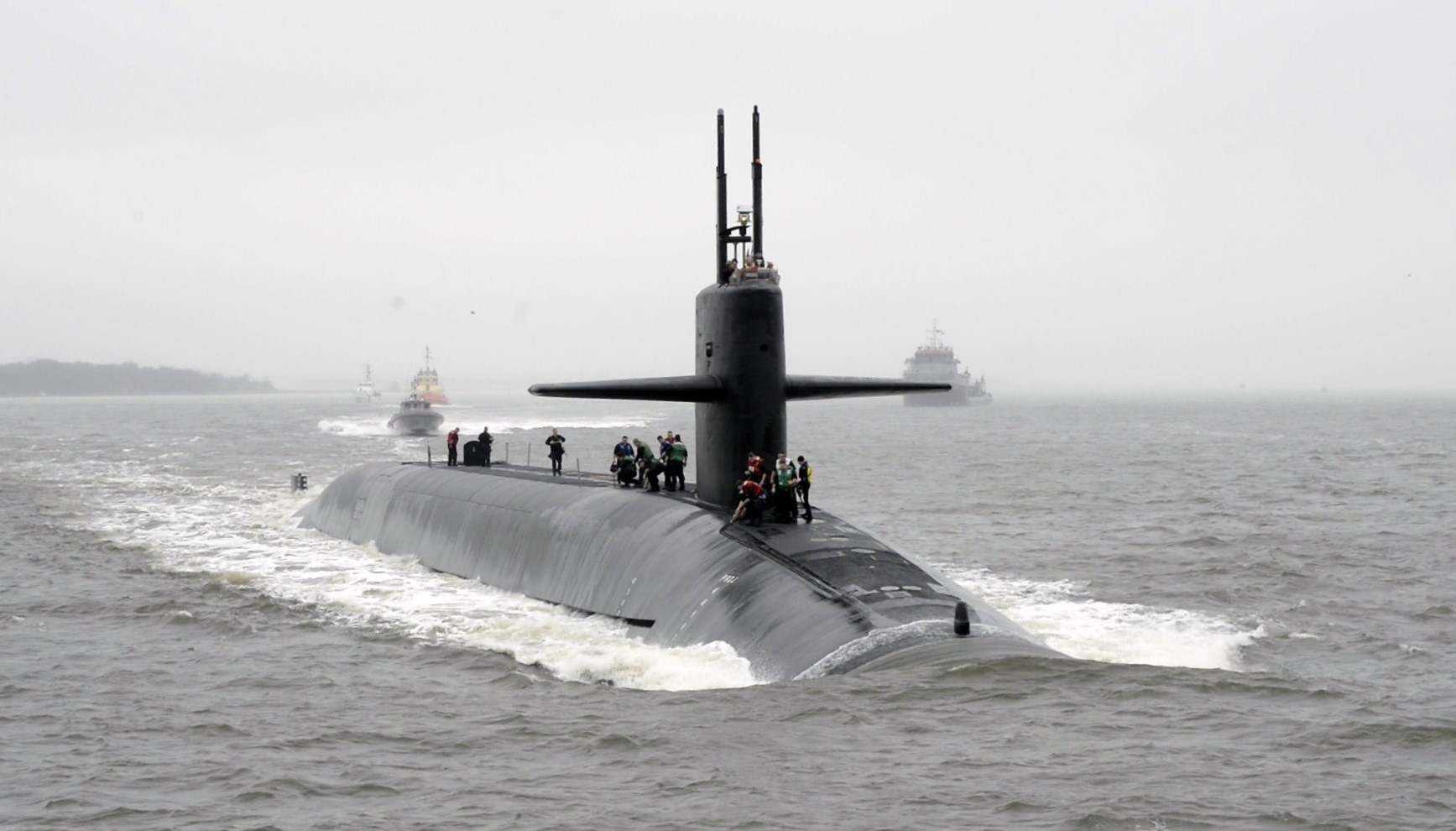
President Biden called the declaration a “prudent step” toward deterrence in response to North Korea’s advancing nuclear theat.
“A nuclear attack by North Korea against the United States or its allies or partners is not acceptable and will result in the end of whatever regime that would take such an action,” Biden warned.
“The bottom line is that there is even closer co-operation, closer consultation,” between the US and Korea, he added.
President Yoon’s state visit to Washington marked the 70th anniversary of the US-South Korean alliance. Ever since the armistice that brought about a cessation of hostilities in the 1950-1953 Korean War, US forces have maintained a significant presence south of the 38th Parallel. US Forces Korea, which is a sub-unified command of US Indo-Pacific Command, currently numbers around 28,000 US military personnel.
Peter Felstead



